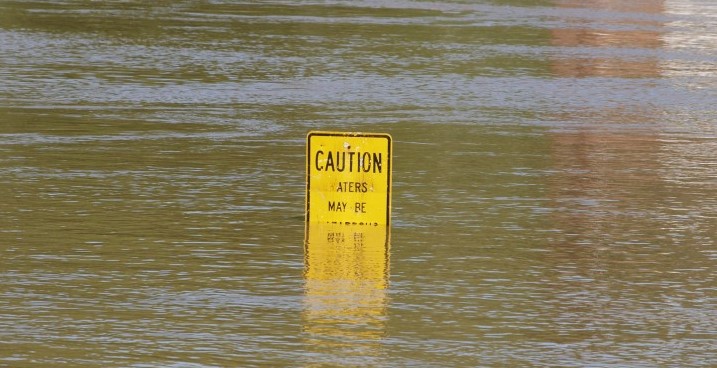The run-off of melting snow each spring, and often heavy seasonal rains, create periods of high water in the Mississippi River system which can result in additional risks for vessels operating there, particularly for those which load and discharge cargo at midstream moorings.
In order to provide guidance in mitigating such risks, the American Club presented Ship Anchoring and Mooring Considerations in US Rivers During High Water Conditions.
This provides an overview of best practices for midstream buoy mooring, actions to be taken to prevent fouled or stuck anchors, and further recommendations on actions to be taken if anchors, or anchor chains, are lost.
Claims resulting from delays, salvage equipment costs, tugs, underwater surveys, etc., can be substantial and can very quickly add up to significant figures
When high water prevails, a vessel’s equipment can be subjected to large external forces which can exceed its maximum design load. Any weak link in a vessel’s mooring and anchoring equipment is likely to be exposed to such forces, thereby running the risk of a dangerous and costly incident. These risks can be minimized if a vessel is fully prepared for the voyage and its equipment is always maintained to its best working condition.
The following checklist may be utilized to reduce such relevant risks:
- Ensure the vessel’s windlass and anchor equipment are always in best condition and working order. Areas of weakness typically include: loose or worn guillotine stoppers and pins; worn anchor links close to maximum allowable diminution by the classification society; fatigued or worn components of the winch motor and gearing; worn hydraulic power unit (HPU) components and sticking pressure relief valves; and, worn brake bands and/or pads, etc.
- Regularly check with local agents, the US Coast Guard (USCG) and the U.S. National Weather Service for latest information on river conditions, forecasts, and any restrictions in place. High river restrictions can commonly include mandatory pilotage and tug requirements for deep draft vessels at anchor, daylight only transits and speed limits, oneway traffic restrictions, daylight only berthing requiring line boat operations, increased spacing, and head-up docking only.
- When anchoring in conditions of high water and high current, the anchor and chain may become immersed in the soft muddy bottom causing them to become stuck, and making it more difficult to heave and recover them. Also, dragging anchors are more likely to snag on riverbed debris. To reduce and mitigate such risks, the vessel should heave and re-anchor every few days depending upon the anchorage location and river conditions at the time.
- Re-anchoring may involve the additional cost of pilots and tugs. This should be discussed with the pilot after anchoring, depending upon existing conditions and any local restrictions in place at the time.
- The USCG requires that, during high water, all deep draft vessels should have three means to hold position, unless moored to a shore side facility or mooring buoys. An example would be two fully operational anchors and the propulsion system. However, should a vessel lose an anchor, or propulsion, then a reliable means of back-up to hold its position is required. In practical terms, this obligates a vessel to engage an assist tug.






























































